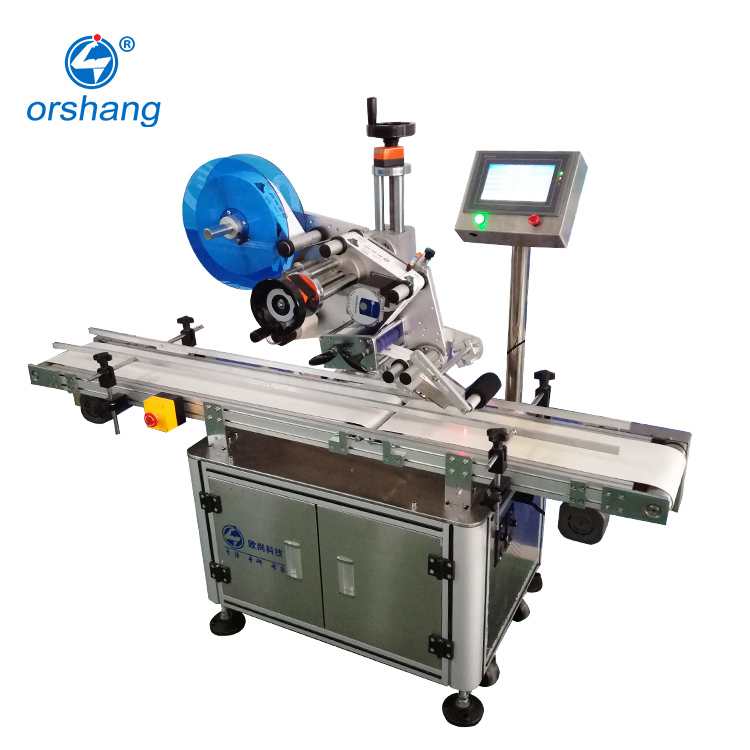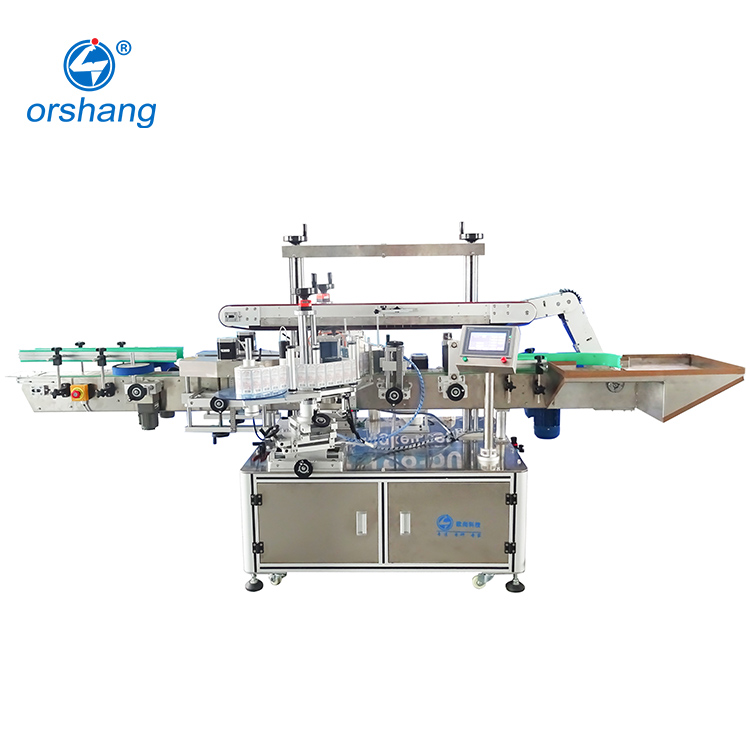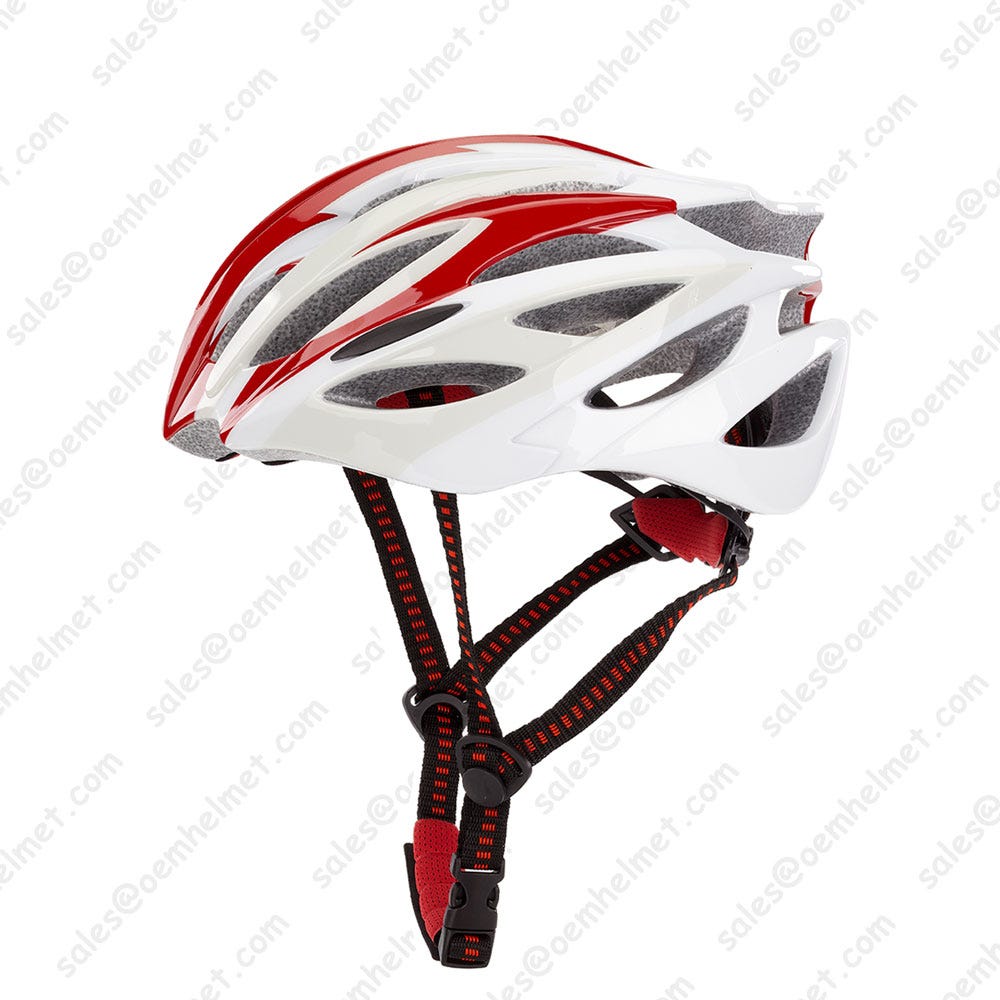Labeling machine is machines that dispense, apply or print-and-apply labels to various items, products, containers, or packages.


The types of machines that do these operations vary from completely automatic print and apply high production units to simple manual dispensing devices.
Labeling machines are designed to apply labels to a variety of products and packages. Because of their multiple uses, different types of labels are able to adhere to a variety of surfaces, such as fiber drums, aluminum, glass, steel and plastic.
Labels can be created in a multitude of designs and colors to ensure that there is a proper label for every product need.
There is a wide range of labeling machines on the market, ranging from high production units that allow for complete automation of the print and apply process to manual devices that provide for simple label dispensing.
Manufacturers make labels for numerous purposes, such as shipping addresses, product information, bar codes and inventory control and pricing.
Because the demand for labels is great in many situations, labeling machines are integrated into the processes of various companies that have a high volume of packaged products being moved out for shipment.
Other businesses that have a system of inventory storage and management also require the use of special labeling machinery and equipment.
One of the most popular types of labeling machinery is the automatic labeling machine, which is able to do its job without needing an operator. This machine is simply made up of a labeling applicator, a conveyor to transport the products and a control system.
Compliance labeling is another compelling reason for the use of labeling machinery as many equipment manufacturers frequently integrate these machines into their overall plant processes.
The development of compliance labeling has had a widespread effect on retail manufacturers and other warehousing facilities, and thus has created special relationships between the retailers and manufacturers. This has resulted in the need for facilities to use specialized labeling machines and equipment.
Labeling machines used in the industries such as pharmaceutical, food and beverage, cosmetic, animal care, mail, agricultural, electronics, laboratory, construction, data collection and communications.
Labeling equipment are various machines, including label printers, label applicators, printer-applicators, and labeling systems, that apply labels to various products and packages.
When selecting labeling machine equipment, keep in mind whether special coding is needed, like bar coding, the volume of labels that needs to be printed at any given time and the variety of labels. Also, make sure that the labeling machine is equipped to run the labels that are needed to go on the product, as they come in many different sizes and uses.


Type of Labeling Machinery
Semi Automatic Labeling Machine
a.) Fully Automatic Single Side Sticker Labeling Machine
b.) Fully Automatic Double Side (front & back) Sticker Labeling Machines
c.) Fully Automatic High Speed Sticker Labeling Machine
Fully Automatic Self Adhesive Ampoule
Vial Labeling Machine
Semi Automatic Self Adhesive Labeling Machine
Fully Automatic High Speed Wet Glue Labeling Machine
Fully Automatic Ampoule Sticker Labeling Machine
Fully Automatic Horizontal Ampoules
Automatic Wet Glue Bottle Labeling Machine
Carton Code Printing Machine
Label Printing Machine
Semi Automatic Labeling Machine
Semi Automatic Vertical Type, User Friendly, Sticker (Self-Adhesive) Labeling Machine are suitable for Labeling on Round Vials, Bottles and other round objects.
No Change Parts required for Change in Size of Containers & Labels Suitable for Glass, Plastic, PET, Composite Containers, and Bottle in Semi Automatic Labeling Machine.
Grooved and Brut Shaped Bottles can also be labeled.
The Semi Automatic Labeling Machine incorporates latest sophisticated Microprocessor Controlled Stepper Motor Drive, Fiber Optic Label and Container sensing system.
Fully Automatic Labeling Machine
Fully Automatic Labeling machine is useful to place label accurately on round shape of product.
Full /partial wrap labeling can be possible. A unique feature of machine is if the body diameters changes, than also machine operates without change part.
Products of different diameter like small size of vials, bottles upto containers can be accommodated in the same machine Speed is depend on the length of label.
Different types such as Aluminum, Glass, Plastic products can be accommodated on the machine.
Labeling speed is automatically synchronized with conveyor speed to ensure quality
Push and press optional attachment is used to ensure smooth labeling without wrinkles or bubble
Adjustable angle of labeling heads is ideal for tapered products to conform shapes


Different types of Automatic labeling machines
Fully Automatic Double Side (front & back) Sticker Labeling Machines
Fully Automatic High Speed Sticker Labeling Machine
Source: https://www.smart-labeler.com/labeling-machine.html
.jpg)
.jpg)
.jpg)
.jpg)
.jpg)
.jpg)
.jpg)
.jpg)





